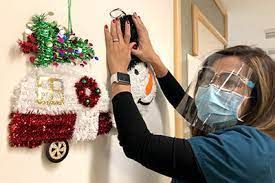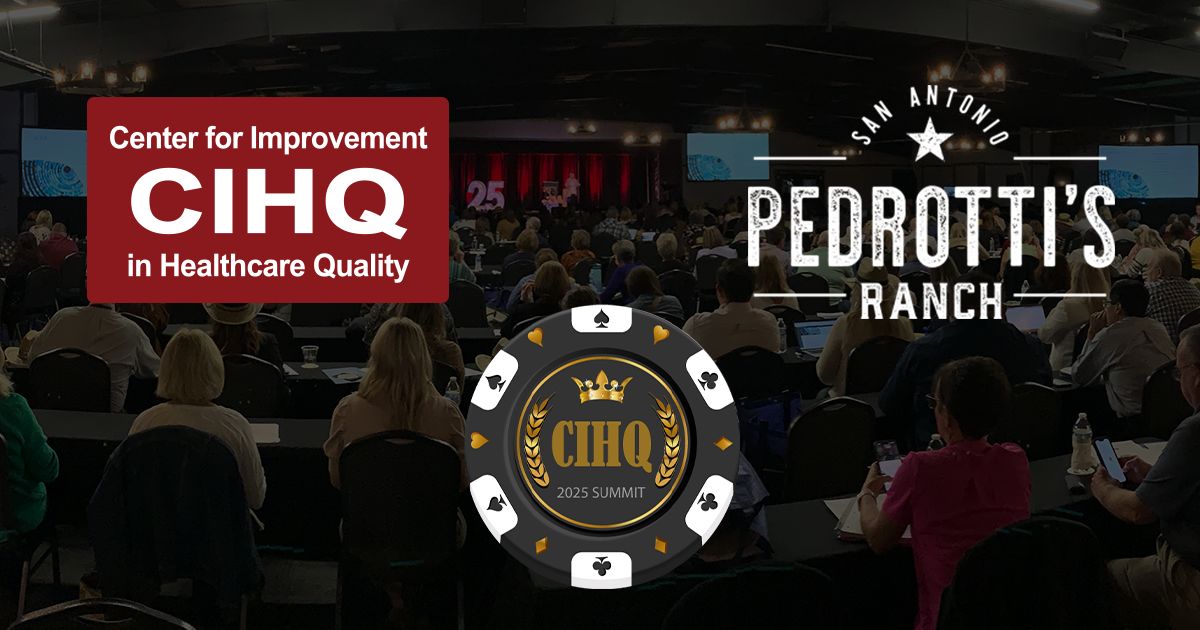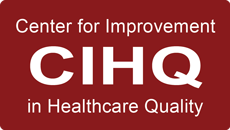The Holiday Season and Healthcare - Considerations for Healthcare Providers
The Holiday Season and Healthcare - Considerations for Healthcare Providers
The holiday season is a wonderful time to celebrate with family and friends. Depending on your level of enthusiasm, you may be someone who prepares for celebrations’ month in advance. Of course, there are varying levels of cheer and excitement when it comes to holiday planning. It is important to consider that not everyone is as enthusiastic about the holiday season. The rising cost of living and expenses associated with holiday celebrations can contribute to increased stress levels for many. We encourage healthcare professionals to be mindful of others to raise awareness of patients and team members who may be silently struggling around them.
Here are a few tips to help identify those in need of warmth and kindness this holiday season:
Administrators and Leaders
- Revisit and repost resources available for inpatients and outpatients who may need follow up care and monitoring. Re-educate healthcare providers on how to reference available resources and contact information if needed.
- Check in with your team members. Be sure to ask how they are doing. Acknowledgement of someone’s well-being goes a long way. This is especially important in extremely busy and stressful healthcare settings.
- Offer flexible scheduling options and split-shifts, if possible, to allow staff to have a fair opportunity to enjoy even a partial holiday with family.
- Allow employees to hold a potluck or a white elephant gift exchange maintaining a minimal cost cap.
- Allow team members to decorate in accordance with regulatory compliance standards. Check on out our previously published newsletter for more information. Employee engagement goes a long way when it comes to boosting spirits!
- Post information about employee assistance programs or resources available for those who may be struggling with depression during the holiday season.
Healthcare Providers
- Be sure to continue to screen patients for depression and risk of suicide. It is okay to deviate from the computer generated EMR tools that you use every day. Feel free to use a warm, more personal touch when talking with patients. There is nothing wrong with asking a patient if there is anything that may be troubling them that they would like to discuss.
- If you determine that a patient may be at risk, be sure to enlist the help of additional support services for both in-patients and outpatients.
- If you determine that a patient is having suicidal ideation, immediately put the appropriate safety measures in place and providers responsible for the care and safe disposition of the patient.
We have immense gratitude for all healthcare professionals, especially those working long and hard hours during the holiday season to keep us safe. From all of us here at HCE Global, we would like to wish you and yours a joyous and safe holiday season!
Be sure to browse Our Website for a full list of services we provide.
Contact us today at (800) 813-7117 to schedule a free consultation.








